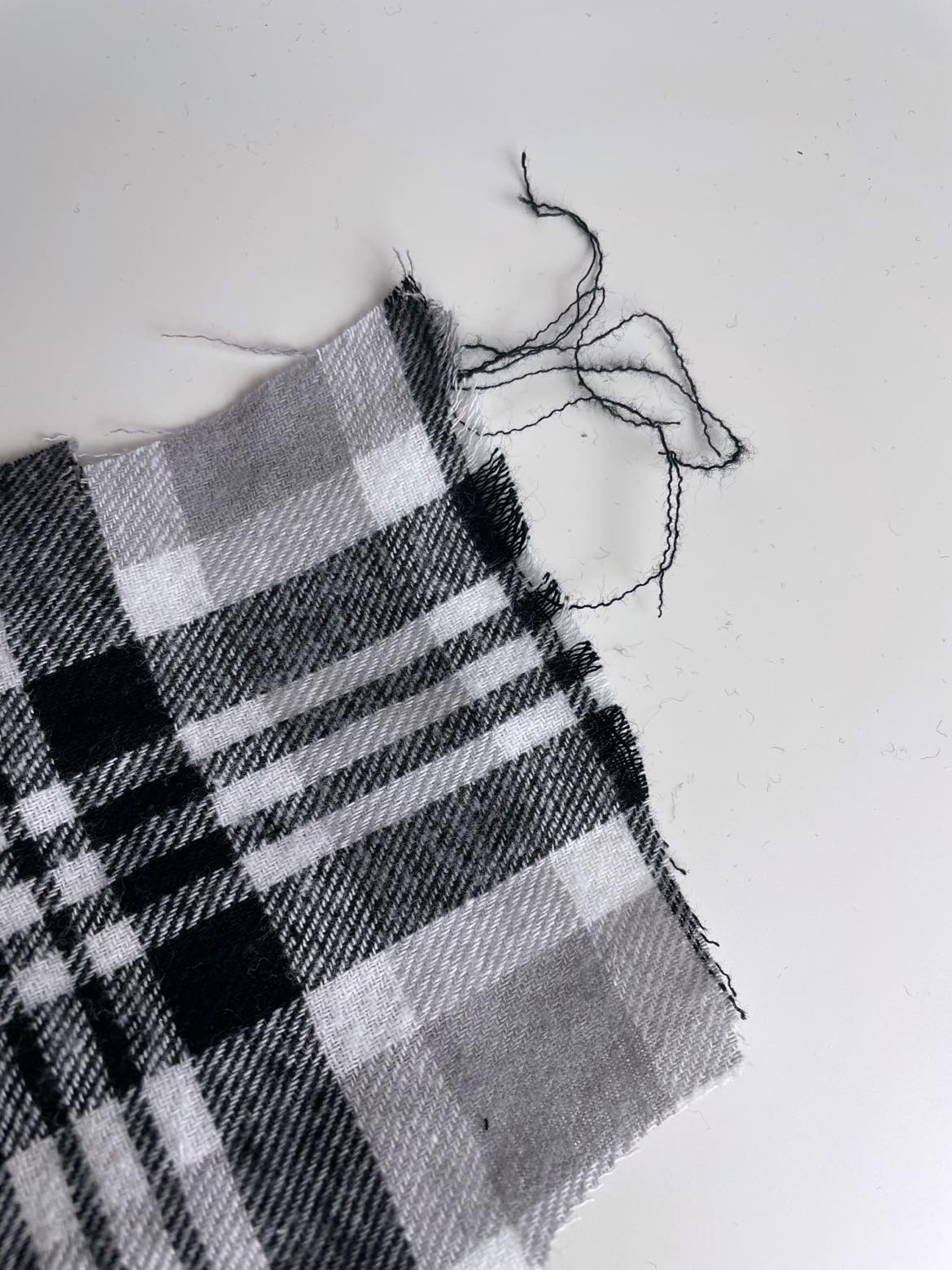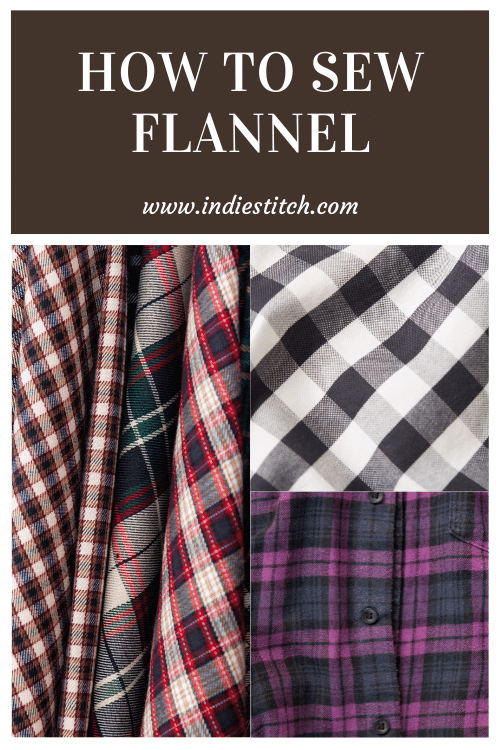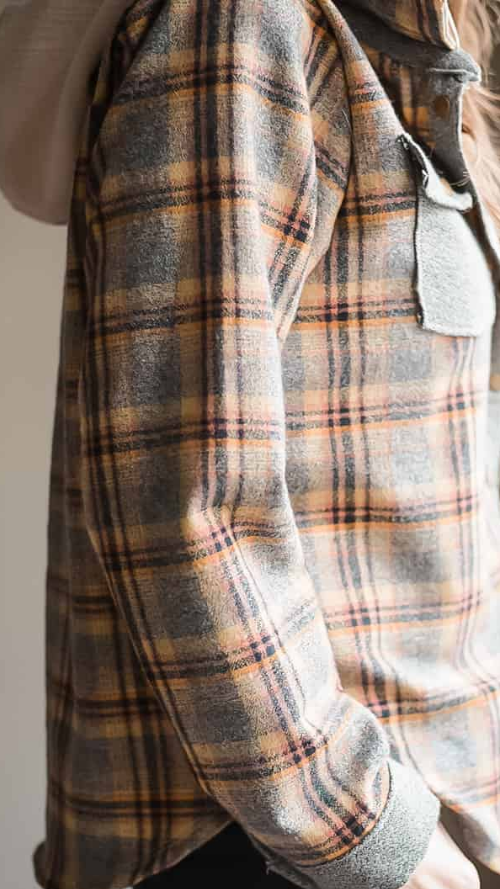What is flannel?
Flannel is a plain or twill woven fabric that has a napped surface to create softness to the fabric as well as help retain heat. It is made most common of wool, cotton, or even synthetic fibers. It is commonly used for shirts, bedding, and pajamas.
What does flannel feel like?
Flannel is a soft, medium weight fabric that many describe as snuggly warm. Flannel retains heat well and is used mostly during cooler weather.
What size needle should I use with Flannel?
Due to the make-up of flannel, a larger needle with a universal foot is recommended. You can use size 100/16 for heaver weight flannels or 90/14 for lighter weight. Flannel is known to dull needles quickly, so you may need to change out your needle mid-project if you are sewing a large flannel project, such as a blanket.
Flannel Sewing Tips
Before sewing your project, be sure to wash your flannel. Not only does this remove the chemicals and dirt from the manufacturing process, it also allows the fabric to shrink before sewing. Flannel is known to shrink quite a bit, so you may want to purchase 1/4 yard more than your project requirements to account for this shrinkage. When pre-washing flannel, use a delicate cycle and warm water and dry on a delicate cycle. This will allow for shrinking while minimizing pilling. Flannel is known for pilling, but washing on delicate will reduce the pilling on the fabric.
Despite being a mid-weight woven fabric, Flannel can shift and skew when cutting and sewing. This may make the plaid stripes in your project look crooked! To keep everything in line, basic prep work is needed before you work with Flannel. After washing and drying, apply some spray starch to the wrong side of your fabric and press the wrinkles out. Don’t slide your iron across the fabric, as this can shift and skew your fabric. Just place the iron down and lift it up.
When sewing, use a basic straight stitch on a regular sewing machine. Don’t use your serger to construct your garment. The stitch on a serger may not be strong enough to hold your seam through wearing. You will want to use your serger to finish your raw edges though! Flannel will fray, which can lead to a lot of loose fibers and even weakened seams. If a serger or overlock is not available, use a zigzag stitch to finish your raw edges.
 Frayed Flannel Fabric
Frayed Flannel FabricCaring for Flannel
Wash your flannel in cool water on a delicate cycle. This will prevent further shrinkage and pilling. Drying your flannel in a delicate, cool cycle will also extend the life of your project!
Summary
Flannel is so warm and cozy for the cool weather seasons. With a little prep-work, flannel is great to sew with and is sure to leave you with a project you are proud of!
Interested in working with flannel?
IndieStitch November 2021 boxes include 3 yards of flannel and the Ramona Shacket pattern from Petite Stitchery. Follow along our video tutorials as we make the project and learn even more about working with flannel, including – how to match stripes/plaid! Click here to learn more!





0 Comments